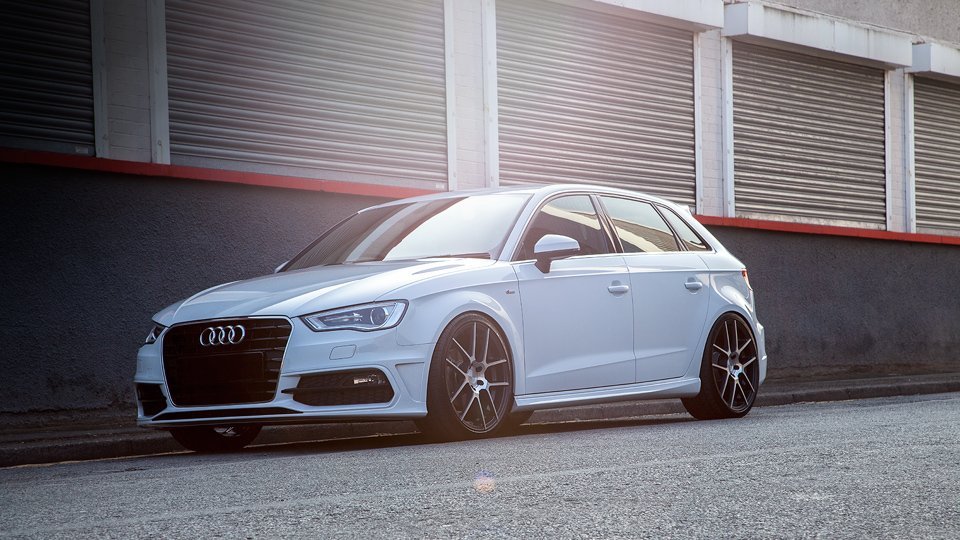Benefits and Drawbacks of Plus Sizing
Maybe you want to put mazda bt50 wheels on your car, or maybe you want to downsize your wheels to accommodate beefier tyres. You head over to the local tyre store, and the salesperson tells you about plus sizing, which determines which tyre sizes will work on your Simmons wheels. Using larger-than-normal wheels and tyres is referred to as plus sizing, while using a smaller set is called downsizing. Both choices have benefits and drawbacks, and the reasoning behind each is different. Here, you will learn about upsizing and downsizing wheels and tyres, and you will learn how your choice can affect other parts of your vehicle.
Why Should You Plus Size?
Most people upsize their wheels and tyres for aesthetic and performance reasons. Larger wheels are definitely eye-catching, and they can greatly change the way a car looks. As to performance, wheels of up to 18 inches can provide better braking, steering, handling and ride comfort, while having adverse effects on fuel mileage and acceleration. Beyond 19″, however, the positive effects diminish as the negative ones grow.
Why Should You Downsize Your Tyres and Wheels?
In most cases, downsizing is great for winter tyres, which become substantially more expensive as sizes grow beyond 17″. The narrower a tyre, the better it handles on icy or snowy roads. If you have 18-19″ Simmons wheels and want a spare set to hold snow tyres, it’s a wise choice to downsize the extra set.
Losing and Gaining Inches
To maintain the outside diameter, when you plus size by one inch, you must take away an inch from the tyre’s standing height. The reverse applies when downsizing, and this is why 22″ and bigger rims come with low-profile tyres that resemble a thick rubber band. Determining proper sizing requires some math, because aspect height is a percentage of the tyre’s width. Do the math as follows:
- Multiply the tyre width by the aspect ratio, given in decimal form. (For instance: 235×0.55 = 129.25)
- Convert aspect height into a figure given in inches. (129.25/25.4 = 5.08)
- Multiply the answer by 2. (5.08×2 = 10.16)
- Add the tyre’s inside diameter. (17+10.16 = 27.16)
Perform the same steps for the new tyres’ size. It’s a complicated bit of math and it takes effort, but most online sellers of XXR 527 wheels provide calculators. Simply input the current tyre size and the one you want, and the calculator will give the difference. In most cases, you’ll also be able to find out how bigger or smaller tyres will affect speedometer accuracy. Ideally, your new Simmons wheels will provide a 1% difference or less. Your tyre and wheel professional can give great advice, but with the steps above, you’ll know just what they are talking about.

